Though their condition was slightly better than in later times, the women during Vedic age were not generally educated and were married off early. It was the Buddha, who really liberated women. But Manu degraded women and the Shudras further to tide their outflow to Buddhism. When untouchability was started, after sixth century CE, Dalit Women, being originally Buddhists, were degraded still more. The Buddhist nuns who were in Buddhist temples when these temples were usurped for Brahminical use, were degraded to Devadasis. Now they are neither nuns nor mere artists, they are married to god, prohibited to marry human beings, and are meant to be sexual partners of Bhudevas and Bhuswamis without any obligations and are thrust into cheap prostitution to rot and die. Thus they have triple bond of slavery, of being a Hindu woman, being a Dalit and being a Devadasi. The system came about around 1000 CE during Rajput age, the Dark Age of India and has no roots in ancient foreign or Indian culture. All this is explained with measures to abolish the system.
Devadasis: Ancient to Modern
In stock
Free & Quick Delivery Worldwide
reviews
Bibliographic information
Title
Devadasis: Ancient to Modern
Author
Edition
1st ed.
Publisher
Kalpaz Publications, 2007
ISBN
8178355477
Length
329p., Appendices; Bibliography; Index; 23cm.
Subjects

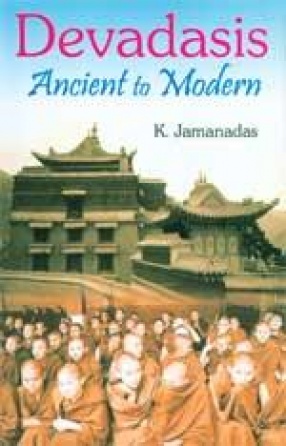
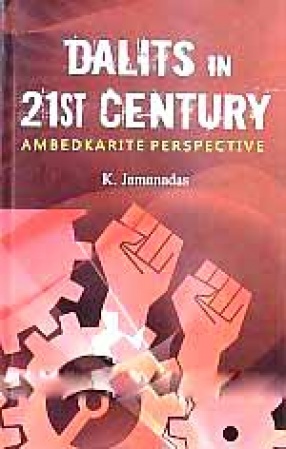
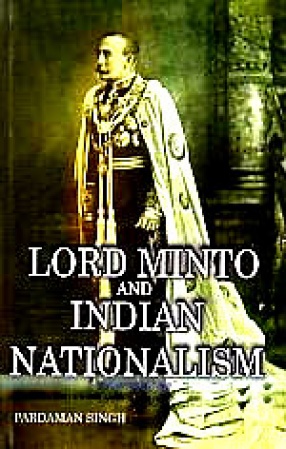
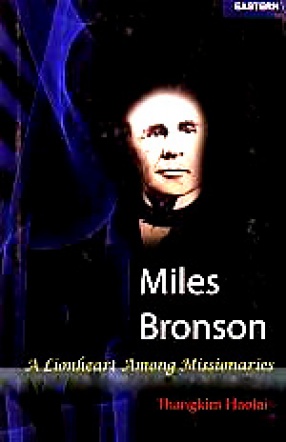
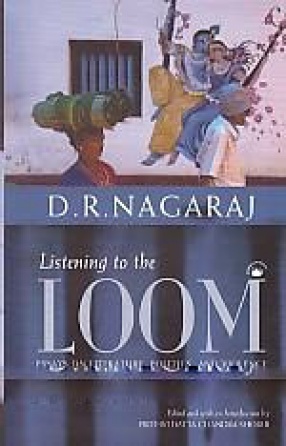
There are no reviews yet.